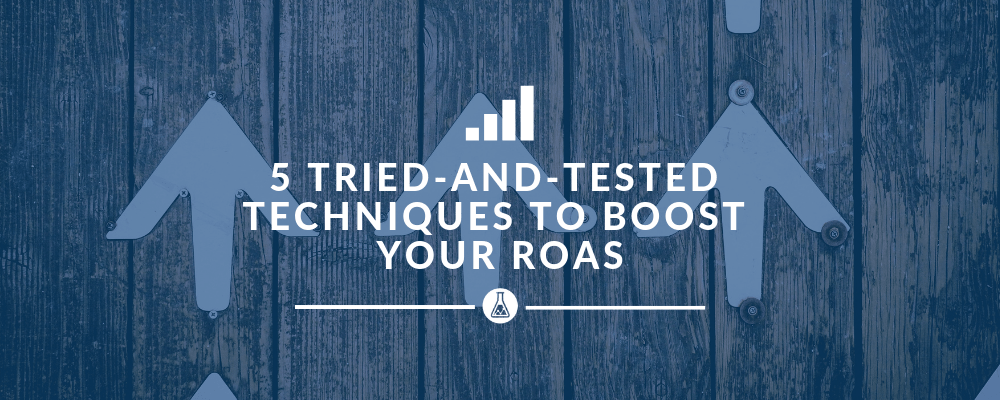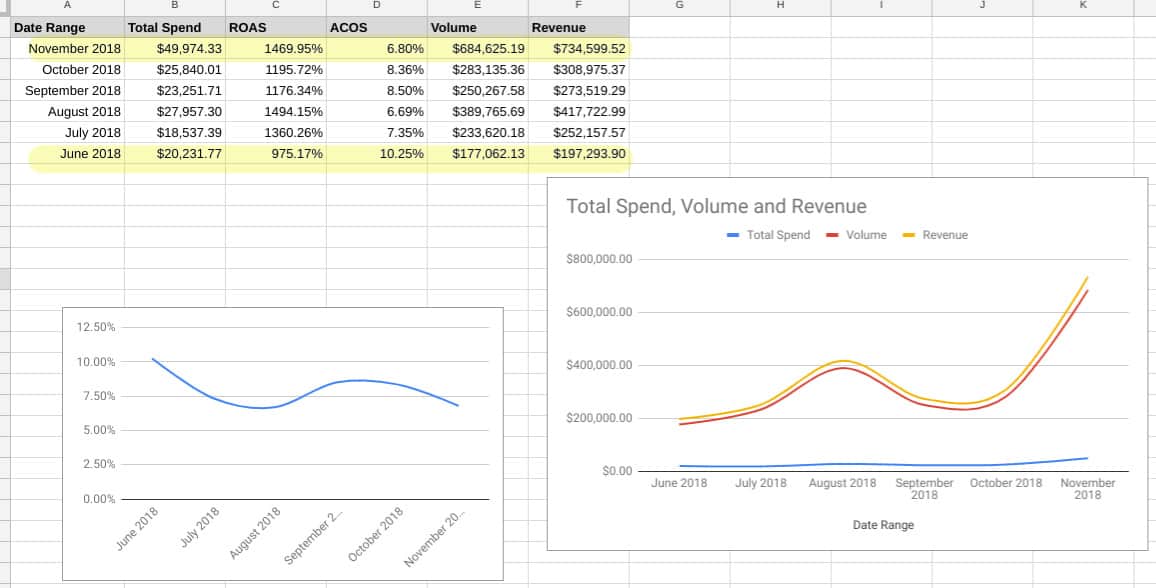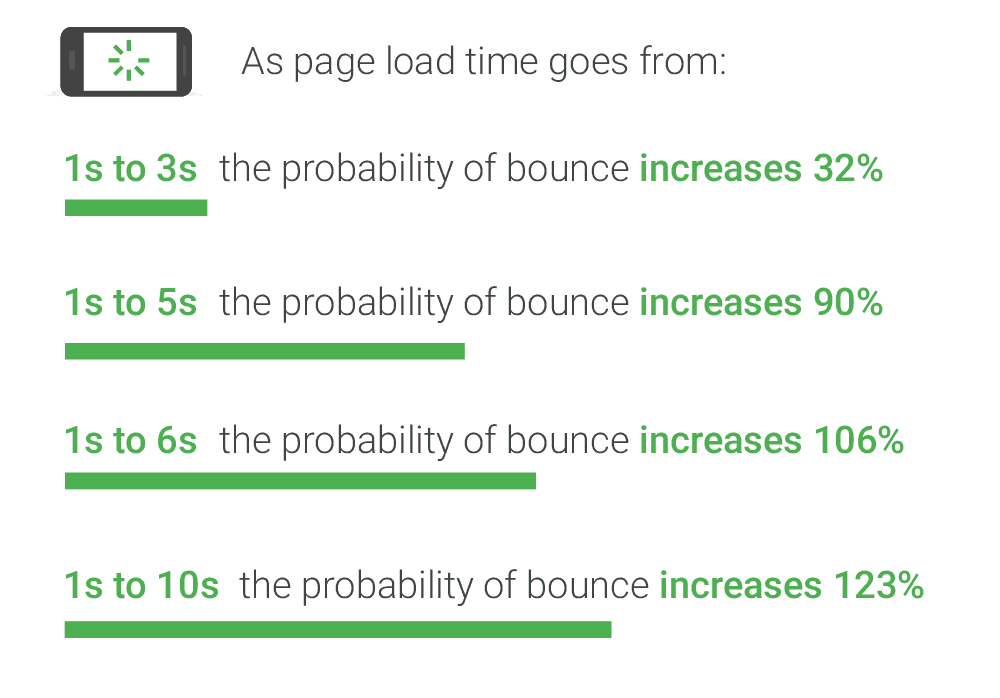If you’re running PPC ads for your eCommerce store, you’re probably already tracking metrics such as Cost Per Click, Click Through Rate, and Cost Per Conversion.
That’s fine and dandy, but… how about your ROAS?
For those of you who aren’t paying attention to your ROAS, chances are, you’re leaving money on the table. In this article, we’ll walk you through:
- What is ROAS? (+ the formula for ROAS calculation)
- ROAS vs ROI
- The importance of ROAS for eCommerce stores
- How to track ROAS, and
- 5 tried-and-tested ways to boost your ROAS
Once you understand how ROAS fits into the picture, you’ll be that much more equipped to fine-tune and optimize your campaigns.
Alright, let’s get started!
What is ROAS?
In a nutshell: ROAS refers to Return On Ad Spend. (Some folks call it Revenue Over Ad Spend, but the two terms mean the same thing.)
Wondering how to calculate ROAS? It’s pretty straightforward – just identify the revenue you’ve generated from your ad campaign, and divide this by your ad spend.
Here’s the ROAS formula in action:
- Revenue = $10,000
- Ad spend = $5,000
- ROAS = $10,000 / $5,000 = 2x
Basically, this means that you 2x every dollar that you spend on your ads.
In this case, we’re looking at ROAS using a multiple, but you can also calculate ROAS and express it as:
- A percentage (200%)
- A ratio (2:1), or
- A dollar amount ($2)
Easy, right? I’m pretty sure you could do this in your sleep.
Alright, so here’s the question:
What’s the average ROAS? What target ROAS should you be striving to achieve?
First up, according to statistics by Nielsen, the average ROAS is approximately $2.87 across all industries.
This ROAS is calculated using data across a wide range of industries, though, so take it with a pinch of salt. Unfortunately, there hasn’t been any eCommerce-specific ROAS data published to date.
Now, when it comes to what counts as a “good” ROAS, most folks take a ROAS of 4x or 400% to be the benchmark.
When you’re generating $4 for every $1 that you spend on ads, this leaves you with a decent buffer, and chances are that your ads will turn a profit.
That said, you have to look at ROAS (and determine what works for you) in the context of your profit margins, operating expenses, and your marketing objectives and goals.
For instance, say you’re a startup that’s just received $500,000 worth of funding, and you’re launching a new product that’s unlike anything that’s in the market.
Here, since your goal is to educate people about your product and raise awareness, your strategy wouldn’t be to optimize for a 4x ROAS.
After all, you’re trying to educate consumers about a new product, and you’re not expecting conversions right off the bat.
In this situation (and considering that money isn’t tight!), we’d say that you can settle for 1x or 2x ROAS with your first few campaigns.
Once people start to get more familiar with your product, and you move into the next phase of your marketing plan (where the goal is to drive actual sales), then work on achieving that 4x ROAS.
Marketing goals aside, you’ll need to consider your profit margin as well.
If you’re selling $10 phone cases that you’ve drop shipped from China and your margin is pretty thin, then it’s important for you to keep your advertising costs low.
In that case, the higher your ROAS is, the better.
If you’re selling expensive electronics with a high margin, however, then you can afford to survive on a lower ROAS.
PS: For those of you who are already hitting an ROAS of 4x and above, that’s great, but don’t call it a day just yet. Instead, keep A/B testing and optimizing your campaigns!
Check it out…
Here’s an example of a client project where we started out with an ROAS of 9.75x, and grew it to a whopping 14.69x.
So — achieving a high ROAS is definitely possible, but at the same time, keep in mind that your ROAS will fluctuate according to seasonality and what your competitors do or don’t do.
ROAS vs ROI
What’s the difference between ROAS and ROI?
In essence, ROI deals with your overall profits, while ROAS deals with campaign-specific revenues.
To unpack that a bit:
ROI is a larger-picture metric that tells you how your ad campaign affects your overall profits.
ROAS, on the other hand, only gives you insights about the effectiveness of the ad itself. It’s a self-contained metric that doesn’t tell you how your business is doing.
Here’s an example:
Say you’ve recently wrapped up a PPC campaign where you generated $80,000 using $10,000 of ad spend.
Your ROAS = $80,000 / $10,000 = 8x.
As mentioned above, a 4x ROAS is pretty good, so 8x is downright phenomenal.
This doesn’t mean you should pop the champagne yet, though.
Although your ad campaign was a huge success, this doesn’t necessarily mean that you’re turning a good profit.
Assuming that your Cost Of Goods Sold (COGS) was $40,000, your payroll costs was $18,000, and you forked out $12,000 for shipping and returns…
This would mean that you basically broke even for the month.
So, here’s the key takeaway:
While it’s important to track and optimize your ROAS, you also need to keep an eye on your ROI. Use both metrics hand-in-hand!
The importance of ROAS for eCommerce stores
Now, humans are naturally loss-averse, so when we run PPC ads, we default to optimizing for metrics such as Cost Per Conversion.
On many levels, this makes sense. After all, we have limited ad budgets to work with, and it’s in our best interests to stretch every dollar.
That said, using Cost Per Conversion (instead of ROAS!) could result in you making some pretty short-sighted decisions.
Consider these two campaigns:
Campaign A:
- $25 Cost Per Conversion
- 100 Conversions
Campaign B:
- $50 Cost Per Conversion
- 50 Conversions
Campaign A looks like the winner, by a long shot.
But once you take revenue generated and ROAS into account, it’s a different story…
Campaign A:
- 100 Conversions
- Total ad spend = $2,500
- Average Order Value = $30
- Total Revenue = $3,000
Campaign B:
- 50 Conversions
- Total ad spend = $2,500
- Average Order Value = $200
- Total Revenue = $10,000
Now, it’s obvious that Campaign B is more profitable.
Campaign B might not drive as many conversions as Campaign A, and it might get you conversions at a higher cost, but those who do convert from Campaign B go on to spend big bucks at your store.
How to track ROAS data
If you’re advertising on Google Ads, tracking your ROAS data is pretty simple.
All you need to do is:
- Make sure you’ve got conversion tracking set up in Google Analytics.
- Connect Google Analytics to Google Ads.
- Add the “Conv value / cost” column to your Google Ads dashboard.
Annnnnd you’re done! You can now refer to the “Conv value / cost” column to identify your ROAS.
For example: if you see that your campaign records “4.1” under the column, this means that your ROAS is 4.1x.
5 Tried-and-tested ways to boost ROAS
Here’s the million dollar question… how do you boost your ROAS?
Remember, ROAS comprises of two elements (your revenue and ad spend!), so to increase your ROAS, you can either:
- Increase the revenue generated via your ads, or
- Decrease the cost of the ads
In this section, we’ll walk you through strategies that you can use to do both of the above.
#1: Improve your ad copy
You could be selling the most innovative, amazing, game-changing product there is…
But if your ad copywriting is generic and uninspiring, then you probably won’t experience much success with your ad campaigns.
So, how do you improve your ad copy?
An easy way to do this is to use social proof in your copy. For example:
- “Best waterproof speakers ever.” – Gizmodo.
- 4.9/5, rated by 5,000+ happy customers.
If you’re running sales or promotions, you can also convey urgency by counting down till your promotion ends. For instance:
- 50% off flash sales – last 18 hours!
- Buy now for free shipping – 24 hours only.
Good to know: Google has a nifty countdown customizer that you can use; this means you don’t need to manually log in and update your ad!
#2: Ensure your message is consistent
Message-matching can also help you to increase your conversions and ad revenue (which will, in turn, bump up your ROAS).
If you’re not familiar with the term “message-match”, it just refers to having the content on your ad and landing page be consistent.
So if your ad says: “50% off flash sales”, your landing page should say the exact same thing, and NOT:
- 50% off special sale
- Sale – all products at 50% off
- Items discounted to $50 (UP $100)
What’s the rationale behind this?
Well, when you match the message on your landing page to the copy on your ad, you’re reducing friction, and giving your customer a better experience.
At the end of the day, the entire process should be as seamless as possible.
Upon landing on your page, you want your customer to start shopping immediately – instead of frowning and saying: “Wait… did I get redirected to the right page?”
#3: Optimize for mobile-friendliness and loading speed
Message-matching aside, there are other things you can do to give your visitors a better experience.
First of all, make sure your site is mobile-friendly.
Look, you’re a smart guy (or woman). You know that you can’t afford to have a clunky, non-mobile-responsive site in this day and age.
The same thing goes for loading speed… you just can’t afford to have a website that loads slowly.
The numbers don’t lie:
The longer your page load time, the higher the chances of your visitors bouncing.
To check your site’s current loading speed, use GTMetrix.
If you want to test for mobile-friendliness, use Google’s Mobile-Friendly Test.
#4: Fine-tune negative keywords
Alright, let’s move on to tactics you can use to decrease your ad spend.
First up: fine-tune your list of negative keywords.
To do this, access your Search Terms Report, and identify the keywords that are getting you clicks but not conversions.
Since these keywords aren’t converting, add them to your list of negative keywords, so they won’t trigger your ads anymore.
Once you do this, you won’t be wasting your ad spends on clicks that don’t convert!
#5: Improve the Quality Score of your ads
Next, work on improving the Quality Score of your ads.
If you need a reminder of what this is, here’s a quick recap:
Your QS is a 1-10 score, and Google uses this to estimate the quality of your ads, keywords, and landing pages. If your ad has a higher QS, you might have your ad rank in a better position (without increasing your bid).
The factors that Google takes into consideration when calculating your QS include:
- Expected click-through rate
- Ad relevance, and
- Landing page relevance
There are various tactics you can use to increase your QS – and if you want to start off with a “low-hanging fruit”, we recommend organizing your keywords into smaller ad groups.
Why is this the case?
Well, the more keywords you use in a single ad group, the harder it is to ensure that your ads are relevant to every single keyword.
At Search Scientists, we like to keep it to a maximum of 10 keywords per ad group. (More on this in our AdWords Help article.)
A final word on using ROAS to improve your eCommerce PPC campaigns
Now that you know exactly how important ROAS is, go ahead and start tracking this key metric, and use it to optimize your campaigns!
Here’s a quick recap of how you can boost your ROAS:
- Improve your ad copy
- Ensure your message is consistent
- Optimize for mobile-friendliness and loading speed
- Fine-tune your negative keywords
- Improve the Quality Score of your ads
Aside from these techniques, it’s also important to optimize your bidding strategy; this influences your ROAS as well.
To learn how to nail your bidding, check out our article on The Math Behind The Perfect Bid!
Alright, that’s all we’ve got for you today. Leave a comment to let us know if you’ve tried any of these tactics, and which one works the best for you! And keep in mind that you can request a PPC proposal whenever you need help with your eCommerce business.











